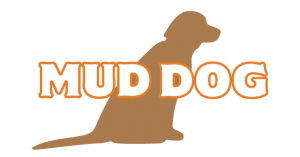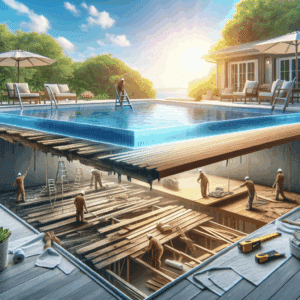Concrete is a durable and versatile material commonly used in construction, but it’s not impervious to the effects of weather. Over time, weather conditions can take a toll on concrete surfaces, leading to issues such as cracking, settling, and unevenness. In this blog post, we’ll explore how weather impacts concrete and when it’s the right time to consider concrete jacking for repair.
The Influence of Weather
Weather plays a significant role in the condition of your concrete surfaces. Here’s how various weather conditions can impact concrete:
1. Freezing Temperatures:
During cold winters, freeze-thaw cycles can wreak havoc on concrete. When moisture penetrates the surface and freezes, it expands, causing concrete to crack and weaken. These cracks can lead to further damage if left untreated.
2. Hot and Dry Conditions:
Intense heat and prolonged drought can cause concrete to shrink and crack. This can result in unsightly and potentially hazardous surfaces, particularly in areas like driveways and sidewalks.
3. Heavy Rainfall:
Excessive rain can saturate the soil beneath concrete, leading to soil erosion and settling. This settling can cause concrete surfaces to become uneven and create trip hazards.
4. Soil Moisture Fluctuations:
Changes in soil moisture levels, whether due to heavy rain or prolonged dry spells, can lead to the expansion and contraction of the soil beneath concrete. This movement can result in concrete surfaces sinking or tilting.
Signs It’s Time for Concrete Jacking
Concrete jacking, also known as mudjacking or slab lifting, is a solution to address the effects of weather on your concrete surfaces. Here are some signs that it’s time to consider concrete jacking:
1. Uneven Surfaces:
If you notice that your driveway, patio, sidewalk, or other concrete areas have become uneven, it’s a clear sign that settling has occurred. Concrete jacking can restore these surfaces to their proper level.
2. Cracks and Gaps:
Cracks and gaps in your concrete surfaces are not just unsightly; they can also indicate structural problems. Addressing these issues promptly with concrete jacking can prevent further damage.
3. Trip Hazards:
Uneven concrete surfaces can pose trip hazards, particularly in high-traffic areas. If you’ve had close calls or received complaints about trip hazards, it’s time to consider concrete jacking for safety.
4. Pooling Water:
If water tends to pool on your concrete surfaces, it’s a sign that the slope is no longer effective. Concrete jacking can correct the slope, ensuring proper water drainage.
The Right Time for Concrete Jacking
The right time for concrete jacking is when you notice any of the signs mentioned above. Addressing these issues promptly can prevent further damage, enhance safety, and extend the life of your concrete surfaces. Don’t wait until the problems worsen; contact us at (801) 644-9122 or visit www.muddogjacking.com to schedule an assessment.
Conclusion: Protect Your Concrete from Weather Effects
Weather can have a significant impact on your concrete surfaces, leading to cracks, settling, and unevenness. By recognizing the signs and addressing them promptly with concrete jacking, you can protect your investment, enhance safety, and enjoy beautifully restored concrete surfaces.




